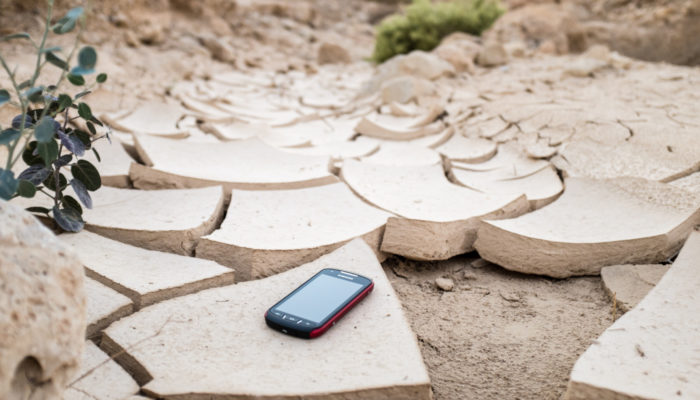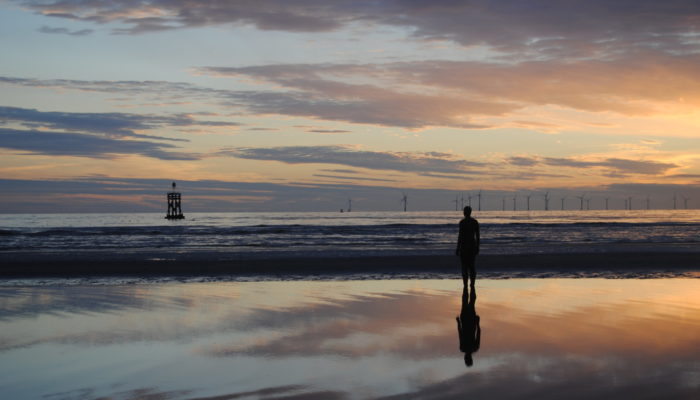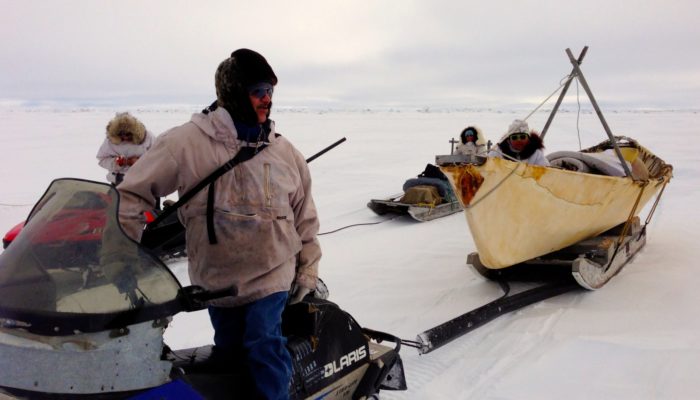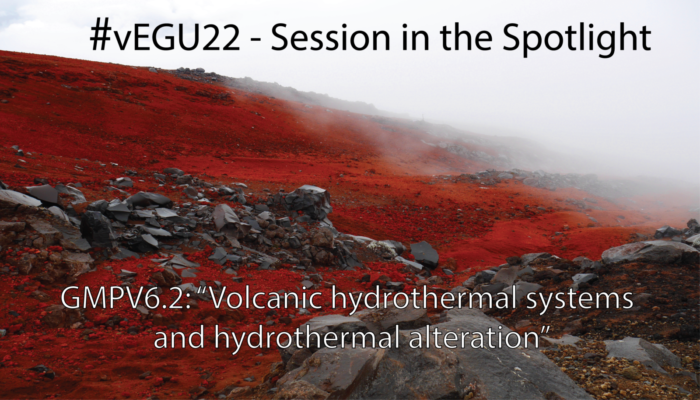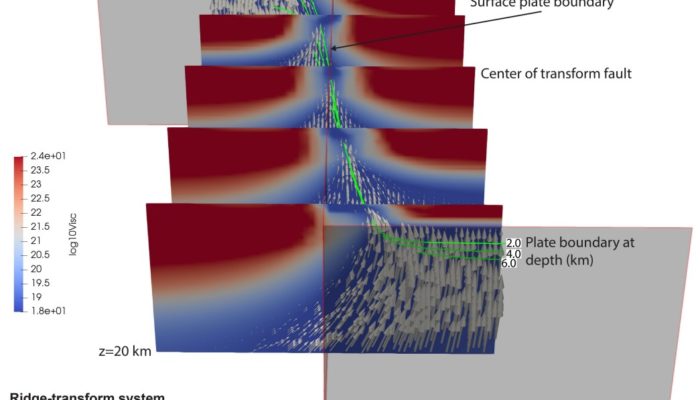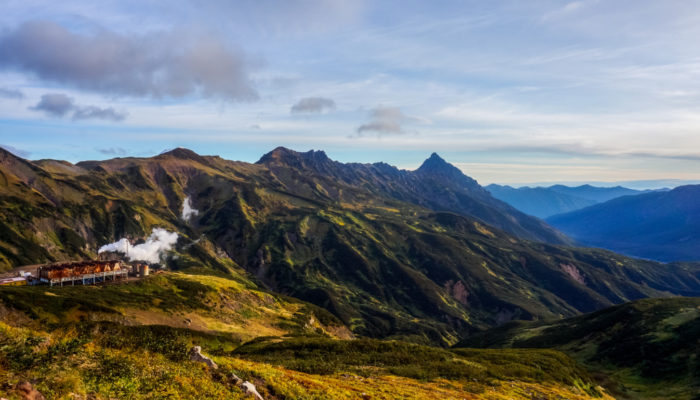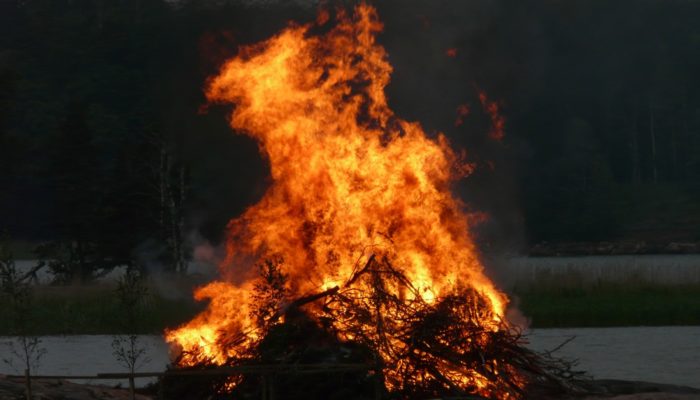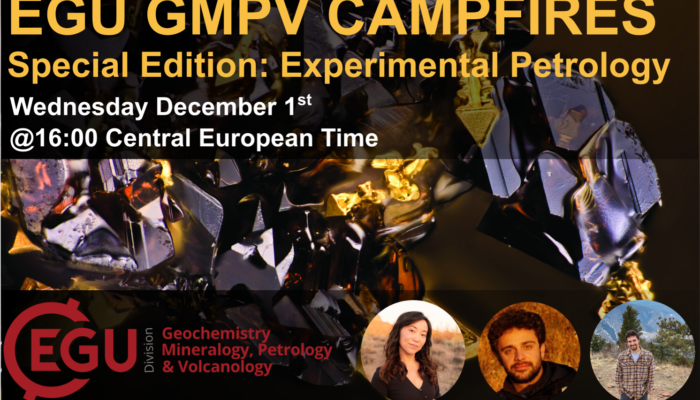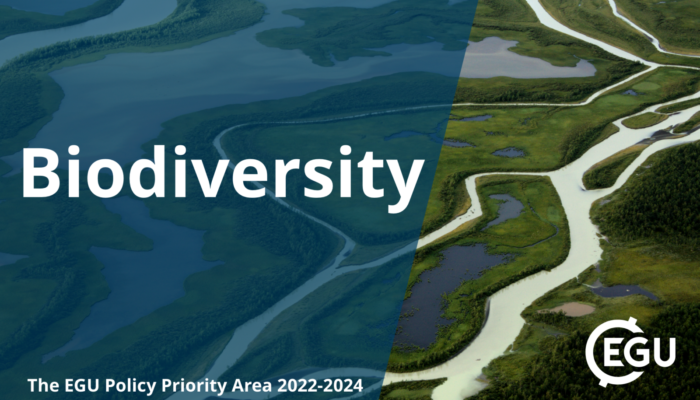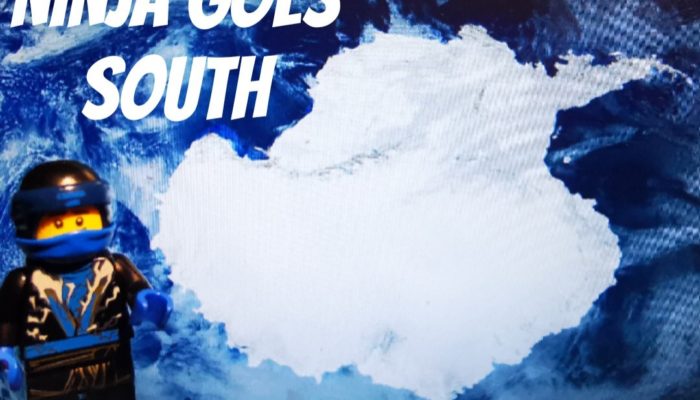The frequency and intensity of drought periods have increased since the 1950s over most land areas [1]. In fact, between 1998 and 2017, drought was the sixth natural hazard associated with disasters (4.8% of the total number of disasters) but the second in terms of the total number of affected people (33% of the total number of affected people), causing more than 21,000 deaths [2]. For example, in ...[Read More]
GeoLog
Are we equipped to meet the Glasgow Climate Pact?
November 2021 once again put climate change in the spotlight for Europe and the world. Close to 200 countries came together this month for the UN’s annual climate summit, COP26, and after much deliberation, adopted the Glasgow Climate Pact. Some key commitments had countries pledging to limit their emissions by 2030; forming the first-ever alliance targeting fossil fuel extraction; setting u ...[Read More]
Cryospheric Sciences
Will the ice break out? – a story from the farthest north ice trails
"For over two decades, the sea ice group at the University of Alaska has worked with the community of Utqiaġvik, establishing an integrated observing network. This network includes local observations, a coastal radar system to monitor ice conditions, an in-situ mass balance site monitoring environmental change such as ice growth and snow cover, and the mapping of community sea ice trails." In thi ...[Read More]
Geochemistry, Mineralogy, Petrology & Volcanology
#EGU22 session in the spotlight: Volcanic hydrothermal systems and hydrothermal alteration
The abstract submission for the General Assembly in 2022 is open now! Our colleagues from the organization were very engaged and we are more than happy to share that the EGU22 is aimed to take place in a hybrid version! To celebrate this opportunity we will highlight some of our many GMPV sessions in the course of the next few weeks, to give everyone a broad overview of the amazing sessions EGU22 ...[Read More]
Tectonics and Structural Geology
Extensional tectonics at oceanic transform faults: a new perspective on plate tectonics
Yu Ren is a PhD candidate at GEOMAR Helmholtz Centre for Ocean Research Kiel, Germany. He uses three primary tools to study marine tectonics: geomorphology, seismology, and numerical modelling. His PhD project is on the structural and tectonic characterization of oceanic transform faults. Oceanic transform faults (OTFs), usually considered as first-order tectonic segmentation of mid-ocean r ...[Read More]
GeoLog
Imaggeo On Monday: Green Energy of Kamchatka
The Mutnovsky Geothermal Power Plant is the largest geothermal power plant in Russia (the time of writing). It is located near to volcanic mountain Mutnovsky at altitude of 800 m and has a capacity of 50 MW. The Mutnovsky Geothermal Power Plant has resolved the problem of raising the stability of the power supply for the Kamchatka region, at the expense of using the richest stocks of thermal heat ...[Read More]
Geodesy
EGU Campfire Geodesy – Share Your Research – Third Edition
We all welcome you around our third EGU Geodesy Campfire to listen to two exciting talks by Early Career Scientists (ECS) Kyriakos Balidakis and Giulio Tagliaferro. The Geodesy EGU Campfire Events “Share Your Research” will give early career researchers the chance to talk about their work. Below you can find detailed descriptions about their talks. We will have time for networking after the ...[Read More]
Geochemistry, Mineralogy, Petrology & Volcanology
EGU GMPV Campfires – Special Edition: Experimental Petrology Wednesday 1st December 4pm CET
The EGU Geochemistry, Mineralogy, Petrology and Volcanology division’s early career scientists committee is excited to announce out 15th edition of EGU GMPV campfires – Experimental Petrology Special Edition! Our speakers on Wednesday 1st December 4pm CET will be: Kara Brugman Post-doc at Carnegie Institution for Science, Earth & Planets Laboratory Presenting: “Making exoplanet ...[Read More]
GeoLog
GeoTalk: what is the EGU Biodiversity Task Force? with Policy Manager Chloe Hill
This week EGU announced the launch of an open call for members of a new Biodiversity Task Force to help EGU interact with European policymakers through it’s official Policy Priority Area ‘Biodiversity’. But what is a policy Task Force? What kind of work is involved? And are you eligible to apply to be a member? We sat down with EGU Policy Manager Chloe Hill to talk about the rece ...[Read More]
Cryospheric Sciences
Cryo-adventures: Ninja goes south – Life and science onboard an icebreaker in the Weddell Sea (Antarctica)
Hello there! I’m Ninja – a curious little LEGO-figure who doesn’t know much about the cryosphere, but who’s learning! Maybe you read about me in the blogpost by ice sheet modeler Petra Langebroek a few years ago? She brought me to the ice-core drilling camp called EASTgrip, on top of the Greenland icesheet. Together, we wrote a photo-novel to tell her sons and all of you about life and science at ...[Read More]

